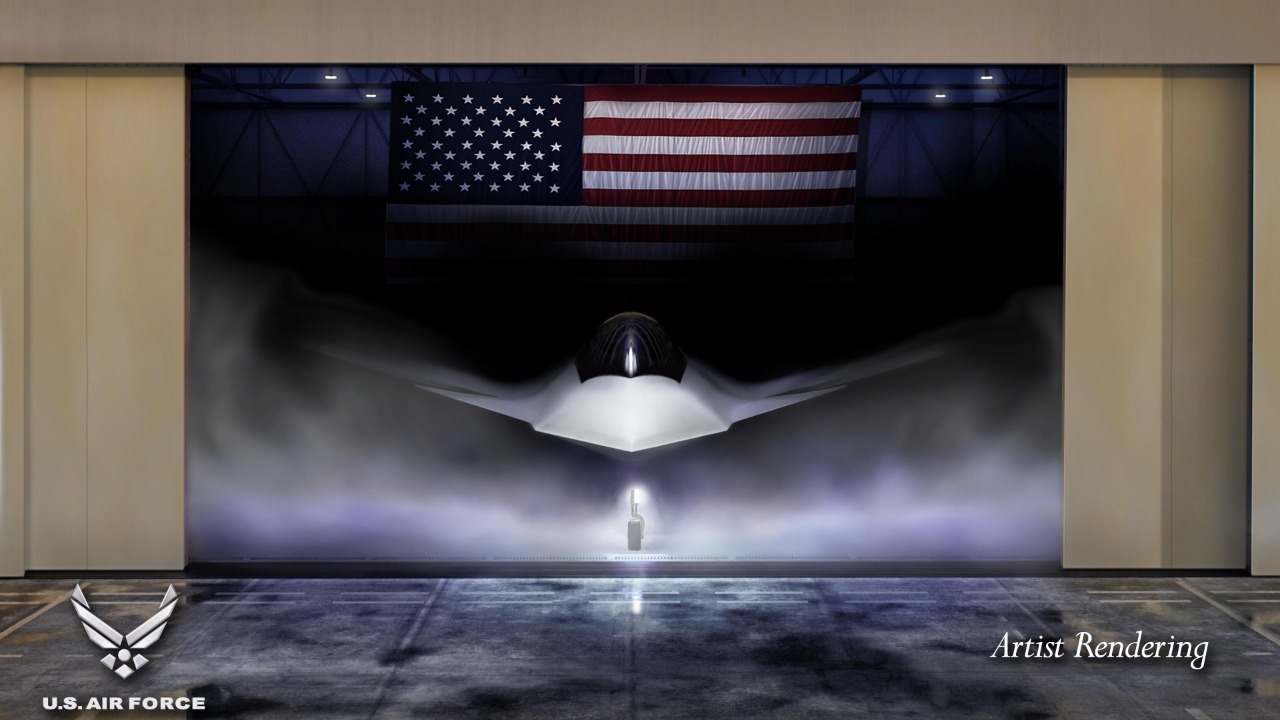
The emergence of America’s Boeing F-47, a sixth-generation stealth fighter, as the cornerstone of the US Next Generation Air Dominance (NGAD) program, signals a strategic shift toward air superiority. This development comes amid rising global tensions and the advancement of China’s sixth-gen fighter, challenging America’s lead in aerial technology.
The NGAD Program’s Core Objectives
The NGAD program is focused on integrating stealth, AI-driven systems, and networked warfare capabilities to maintain US air superiority in contested environments. This approach is designed to address evolving threats from peer adversaries, with the US Air Force emphasizing rapid development timelines. The program also places a strong emphasis on modularity and adaptability in sixth-generation designs to counter advanced anti-access/area-denial (A2/AD) strategies.
Boeing’s F-47 as the Lead Contender
The Boeing F-47 stands out with its low-observable stealth features and sensor fusion for beyond-visual-range engagements. Boeing’s selection within the NGAD competition underscores its engineering innovations in propulsion and avionics. The design of the F-47 aligns with broader US goals of sustaining technological edges in fighter aviation.
Potential Delays from Labor Strikes
A potential strike at Boeing facilities could impact NGAD timelines, including risks to prototype testing and production ramps. Historical precedents of labor actions affecting defense contracts have shown their ripple effects on national security deliverables. Mitigation strategies, such as contingency sourcing or accelerated non-union workflows, are being considered to safeguard the F-47’s rollout.
Strategic Shift Toward Air Superiority
The US 6th-generation aircraft plan represents a pivot from fifth-generation platforms like the F-35 toward unmanned teaming and hypersonic integrations. This plan plays a crucial role in enhancing joint all-domain operations, with the F-47 enabling collaborative strikes across air, space, and cyber domains. This shift aligns with policy directives prioritizing long-term deterrence against near-peer competitors.
China’s Advancing Sixth-Gen Capabilities
China’s sixth-gen fighter developments are noteworthy, with prototypes featuring directed-energy weapons and swarm drone control. China’s emphasis on high-speed intercepts and electronic warfare resilience is reflected in their timelines and rumored performance metrics. Intelligence assessments suggest that these advancements could erode US operational advantages in the Indo-Pacific theater.
Implications for Global Air Dominance
The deployment of the F-47 could significantly impact alliance dynamics, including technology sharing with NATO partners to counterbalance Chinese gains. Economic factors, such as R&D investments exceeding billions, must be weighed against the strategic imperative of outpacing adversaries like China. Scenarios where sixth-generation assets restore or threaten the post-Cold War US monopoly on uncontested airspace are being closely examined.
More from MorningOverview